Home>Maintenance & Safety>Child & Elderly Safety at Home>How To Secure A Backless Booster Seat
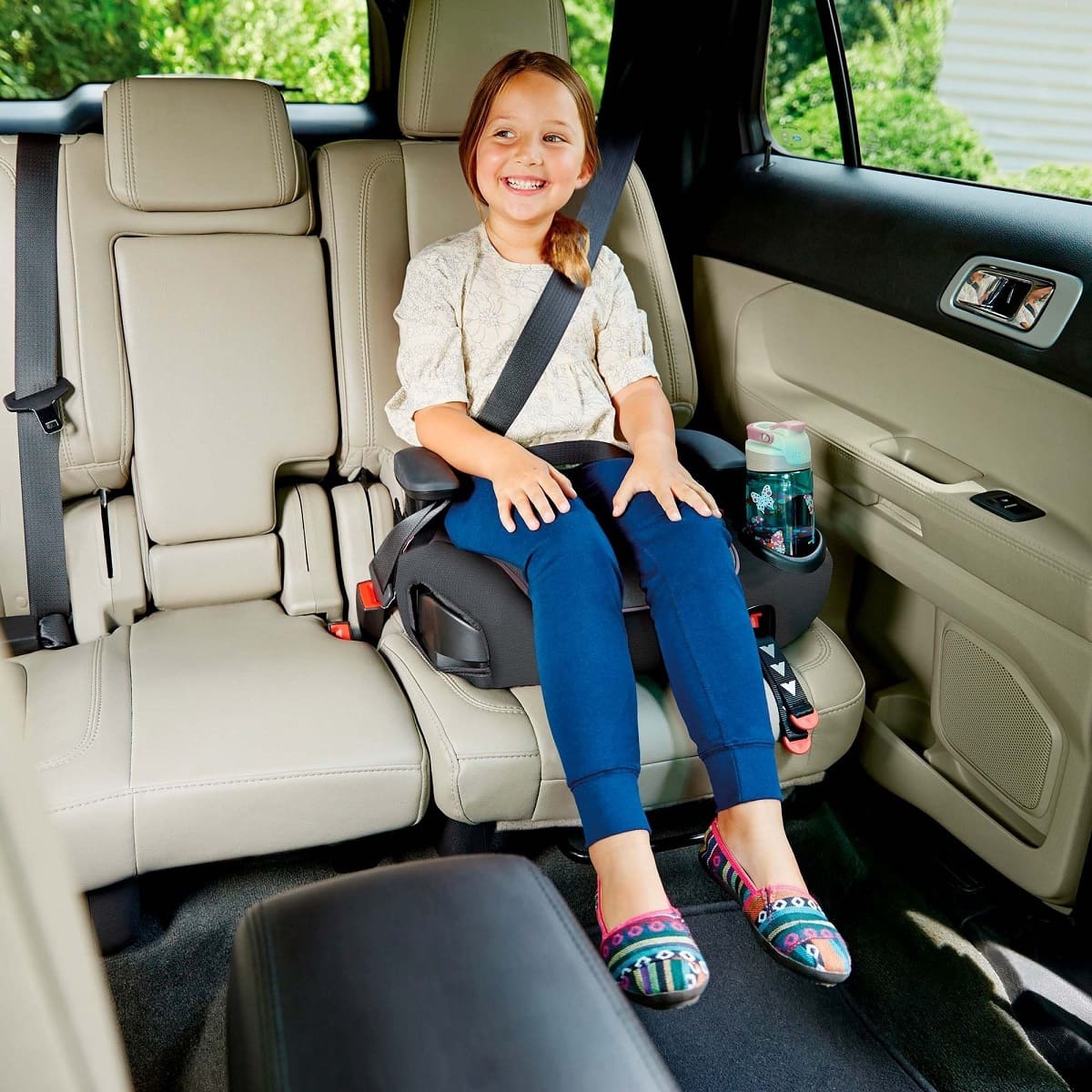

Child & Elderly Safety at Home
How To Secure A Backless Booster Seat
Modified: February 29, 2024
Learn how to secure a backless booster seat for child and elderly safety at home. Discover essential tips and guidelines for proper installation and usage. Protect your loved ones with expert advice.
(Many of the links in this article redirect to a specific reviewed product. Your purchase of these products through affiliate links helps to generate commission for Storables.com, at no extra cost. Learn more)
Introduction
Ensuring the safety of children and elderly individuals at home is a top priority for caregivers and family members. One crucial aspect of this responsibility is providing secure seating arrangements, especially when it comes to transporting children in vehicles. Backless booster seats are designed to elevate children to the appropriate height for the vehicle's seat belt to fit them properly. This essential safety tool provides the necessary support and protection for young passengers, reducing the risk of injury in the event of a collision or sudden stop.
When it comes to child safety, every detail matters, and selecting the right backless booster seat and understanding how to use it correctly are paramount. This comprehensive guide aims to equip caregivers and parents with the knowledge and practical tips needed to ensure the proper installation and use of backless booster seats. By delving into the nuances of selecting, installing, and securing a backless booster seat, this article will empower readers to make informed decisions and take proactive steps to safeguard their children during car journeys.
As we embark on this journey to explore the world of backless booster seats, it's important to approach the topic with a sense of diligence and care. The safety and well-being of our young passengers depend on the thorough understanding and implementation of best practices when it comes to using backless booster seats. By the end of this guide, readers will be equipped with the knowledge and confidence to make the right choices and ensure the utmost safety for their precious passengers.
Key Takeaways:
- Backless booster seats elevate children for proper seat belt fit, enhancing safety during car journeys. Caregivers should choose, install, and secure these seats correctly for maximum protection.
- Regular inspections, proper fit, and educating child passengers are crucial for maintaining a safe environment in backless booster seats. Prioritizing safety features and following guidelines ensure children’s well-being.
Read more: How Tall For A Backless Booster Seat
Understanding Backless Booster Seats
Backless booster seats are essential safety devices designed to elevate children to the appropriate height for the vehicle's seat belt to fit them properly. Unlike high-back booster seats, backless booster seats do not have a backrest. Instead, they provide a simple yet effective way to ensure that the vehicle's seat belt is positioned correctly across the child's body, enhancing their safety during car journeys.
These seats are specifically designed for older children who have outgrown their forward-facing car seats. Typically, they are suitable for children who weigh between 40 and 80 pounds and are at least 40 inches tall. The primary purpose of a backless booster seat is to ensure that the vehicle's seat belt fits the child snugly, with the lap belt positioned low across the hips and the shoulder belt crossing the middle of the child's chest and shoulder.
One of the key advantages of backless booster seats is their portability and ease of use. They are lightweight and can be easily transferred between vehicles, making them a convenient choice for families with multiple cars or for caregivers who frequently transport children. Additionally, backless booster seats are often more affordable than high-back booster seats, providing a cost-effective solution for families seeking to comply with safety regulations without breaking the bank.
It's important to note that backless booster seats should only be used in vehicles equipped with headrests, as the headrest provides crucial support and protection in the event of a collision. Without a headrest, the child's head may be vulnerable to injury. Therefore, before using a backless booster seat, caregivers should ensure that the vehicle's seating configuration is compatible with this type of safety device.
Understanding the purpose and functionality of backless booster seats is the first step toward ensuring the safety of young passengers during car journeys. By providing the necessary elevation and support, these seats play a vital role in minimizing the risk of injury and enhancing the overall safety of children in vehicles. In the following sections, we will delve into the process of selecting, installing, and securing a backless booster seat, equipping caregivers and parents with the knowledge and confidence to prioritize the safety of their precious passengers.
Choosing the Right Backless Booster Seat
Selecting the right backless booster seat is a crucial step in ensuring the safety and comfort of young passengers during car journeys. With a wide array of options available on the market, caregivers and parents must consider several factors to make an informed decision.
Weight and Height Requirements
When choosing a backless booster seat, it's essential to consider the weight and height requirements specified by the manufacturer. These specifications ensure that the seat provides the appropriate level of support and protection for the child. Typically, backless booster seats are designed for children who weigh between 40 and 80 pounds and are at least 40 inches tall. Adhering to these guidelines is essential to ensure the seat's effectiveness in elevating the child to the correct height for the vehicle's seat belt.
Compatibility with Vehicle Seats
Caregivers should consider the design and configuration of their vehicle's seats when selecting a backless booster seat. It's important to ensure that the seat is compatible with the vehicle's seating arrangement, including the presence of headrests. Additionally, caregivers should verify that the backless booster seat can be securely installed in their vehicle, providing a stable and reliable seating solution for the child.
Read more: How To Install A Backless Booster Seat
Safety Features
Prioritizing safety features is paramount when choosing a backless booster seat. Look for seats that offer side-impact protection and sturdy construction to enhance the child's safety in the event of a collision. Additionally, consider seats with adjustable armrests and a comfortable, ergonomic design to ensure a pleasant and secure seating experience for the child.
Ease of Use and Portability
Opt for a backless booster seat that is easy to install and transfer between vehicles. Portability and convenience are key factors, especially for families with multiple cars or caregivers who frequently transport children. Lightweight and user-friendly designs can make a significant difference in the practicality and usability of the seat.
Compliance with Safety Standards
When selecting a backless booster seat, caregivers should ensure that the seat complies with the latest safety standards and regulations. Look for seats that have been tested and certified by reputable safety organizations, providing assurance of their reliability and effectiveness in protecting young passengers.
By carefully considering these factors, caregivers and parents can make an informed decision when choosing a backless booster seat. Prioritizing safety, comfort, and practicality will ensure that the selected seat provides the necessary support and protection for young passengers, enhancing their safety during car journeys.
Installing the Backless Booster Seat
Installing a backless booster seat correctly is essential to ensure the safety and security of the child during car journeys. Caregivers and parents should follow the manufacturer's instructions and the vehicle's manual when installing the seat. Here's a step-by-step guide to installing a backless booster seat properly:
-
Positioning the Seat: Begin by identifying the appropriate seating position in the vehicle for the backless booster seat. It's crucial to select a seating location with a lap and shoulder belt, as these are essential for securing the child and the booster seat.
-
Preparing the Vehicle Seat: Before placing the backless booster seat, ensure that the vehicle's seat is in an upright position. If the vehicle seat has a headrest, adjust it to a height that aligns with the child's head for added support and protection.
-
Placing the Booster Seat: Position the backless booster seat on the vehicle's seat, ensuring that it rests firmly against the backrest. If the booster seat has a non-slip base, make sure it is securely anchored to prevent movement during travel.
-
Routing the Seat Belt: Guide the vehicle's lap belt through the designated belt guides on the booster seat. The lap belt should fit snugly across the child's hips, ensuring a secure and comfortable fit.
-
Securing the Shoulder Belt: Once the lap belt is correctly positioned, ensure that the vehicle's shoulder belt rests comfortably across the child's chest and shoulder. Adjust the seat belt to remove any slack, providing a secure and snug fit for the child.
-
Checking Stability: After securing the seat belt, gently test the stability of the backless booster seat. Ensure that the seat remains firmly in place and does not wobble or shift when pressure is applied.
-
Verifying the Fit: Before allowing the child to sit in the booster seat, double-check the positioning of the seat belt and the stability of the booster seat. Confirm that the lap and shoulder belts are correctly aligned and that the child can sit comfortably without any restrictions.
By following these steps, caregivers and parents can install a backless booster seat effectively, providing a secure and stable seating arrangement for the child. Prioritizing the correct installation of the booster seat is crucial in enhancing the safety and protection of young passengers during car journeys.
Securing Your Child in the Backless Booster Seat
Securing your child in the backless booster seat is a critical step in ensuring their safety and protection during car journeys. Proper positioning and securing of the child within the booster seat are essential to minimize the risk of injury in the event of a collision or sudden stop. Here's a detailed guide on how to secure your child in the backless booster seat effectively:
-
Positioning the Child: Before securing the child in the booster seat, ensure that they are positioned correctly. The child should sit all the way back in the booster seat, with their back against the backrest. Their bottom should be snugly against the seat, and their knees should bend at the edge of the seat to ensure a comfortable and secure fit.
-
Securing the Lap Belt: Guide the vehicle's lap belt through the designated belt guides on the backless booster seat. Position the lap belt low across the child's hips, ensuring a snug and secure fit. The lap belt should lie flat across the upper thighs, not the stomach, to provide effective restraint in the event of a sudden impact.
-
Positioning the Shoulder Belt: Once the lap belt is correctly secured, position the vehicle's shoulder belt over the child's shoulder and chest. The shoulder belt should cross the middle of the child's chest without touching their neck, providing optimal protection and restraint. Adjust the shoulder belt to remove any slack, ensuring a secure and comfortable fit for the child.
-
Checking the Fit: After securing the lap and shoulder belts, double-check the fit to ensure that the belts are correctly positioned and snugly secured. Verify that the lap belt rests low on the hips and that the shoulder belt crosses the chest at the appropriate height. The belts should fit the child comfortably without causing any discomfort or restriction.
-
Testing Stability: Gently test the stability of the child's position in the booster seat. Ensure that the child remains securely positioned without excessive movement or slippage. The lap and shoulder belts should maintain their position, providing reliable restraint and protection for the child.
By following these steps, caregivers and parents can effectively secure their child in the backless booster seat, prioritizing their safety and well-being during car journeys. Proper positioning and securing of the child within the booster seat are crucial in enhancing their protection and minimizing the risk of injury in the event of unexpected driving conditions.
Safety Tips for Backless Booster Seats
Ensuring the safety of children in backless booster seats goes beyond the initial installation and securing process. Caregivers and parents should be mindful of additional safety tips to further enhance the protection and well-being of young passengers during car journeys. Here are essential safety tips to consider when using backless booster seats:
-
Regular Inspections: Conduct routine inspections of the backless booster seat to ensure that it remains in optimal condition. Check for any signs of wear and tear, including fraying of the seat belt guides or damage to the seat's structure. If any issues are identified, consider replacing the booster seat to maintain the highest level of safety for the child.
-
Proper Fit: Regularly assess the fit of the backless booster seat with the child. As children grow, their seating needs may change. Ensure that the booster seat continues to provide the necessary support and elevation for the child to sit comfortably and securely. If the child exceeds the weight or height limits specified by the manufacturer, it may be time to transition to a different type of car seat.
-
Headrest Compatibility: Verify that the vehicle's seating configuration includes headrests when using a backless booster seat. The presence of a headrest is crucial for providing support and protection to the child's head in the event of a collision. Without a headrest, the child may be at risk of injury, emphasizing the importance of this compatibility.
-
Educate Child Passengers: Teach children about the importance of sitting properly in the backless booster seat. Emphasize the significance of staying seated and avoiding unnecessary movements while the vehicle is in motion. Educating children about safe seating practices can contribute to a secure and distraction-free environment during car journeys.
-
Avoid Bulky Clothing: Encourage children to avoid wearing bulky clothing, such as puffy jackets, while seated in the backless booster seat. Bulky clothing can create a gap between the child and the seat belt, compromising its effectiveness in providing restraint and protection. Instead, use a blanket or coat over the secured seat belt to keep the child warm in colder weather.
-
Secure Loose Items: Ensure that loose items, such as toys, books, or other belongings, are securely stored during car journeys. In the event of sudden braking or a collision, loose items can become hazardous projectiles, posing a risk to the child and other passengers in the vehicle.
By adhering to these safety tips, caregivers and parents can maintain a high standard of safety and protection for children using backless booster seats. Prioritizing regular inspections, proper fit, headrest compatibility, education, clothing considerations, and securing loose items contributes to a secure and comfortable environment for young passengers during car journeys.
When securing a backless booster seat, make sure to use the seat belt positioning clip to properly position the seat belt across your child’s shoulder and lap. This will help keep them safe in the event of a crash.
Conclusion
In conclusion, the safety and well-being of children during car journeys are of paramount importance, and the use of backless booster seats plays a crucial role in enhancing their protection. By understanding the purpose and functionality of backless booster seats, caregivers and parents can make informed decisions when selecting, installing, and securing these safety devices.
Choosing the right backless booster seat involves careful consideration of weight and height requirements, compatibility with vehicle seats, safety features, ease of use, portability, and compliance with safety standards. Prioritizing these factors ensures that the selected seat provides the necessary support and protection for young passengers, contributing to a secure and comfortable seating arrangement.
Proper installation of the backless booster seat is essential to ensure stability and reliability during car journeys. Following the manufacturer's instructions and the vehicle's manual, caregivers and parents can effectively position the seat, route the seat belt, and verify the stability and fit of the booster seat, creating a secure environment for the child.
Securing the child in the backless booster seat involves meticulous attention to positioning, securing the lap and shoulder belts, checking the fit, and testing stability. By following these steps, caregivers and parents can prioritize the safety and protection of their children, minimizing the risk of injury in unexpected driving conditions.
Additionally, adhering to safety tips, such as conducting regular inspections, ensuring proper fit, verifying headrest compatibility, educating child passengers, avoiding bulky clothing, and securing loose items, further enhances the safety and comfort of young passengers using backless booster seats.
In essence, the comprehensive understanding and implementation of best practices when using backless booster seats contribute to a secure and protective environment for children during car journeys. By prioritizing safety, caregivers and parents can instill confidence and peace of mind, knowing that their precious passengers are well-protected and secure in their backless booster seats.
Frequently Asked Questions about How To Secure A Backless Booster Seat
Was this page helpful?
At Storables.com, we guarantee accurate and reliable information. Our content, validated by Expert Board Contributors, is crafted following stringent Editorial Policies. We're committed to providing you with well-researched, expert-backed insights for all your informational needs.
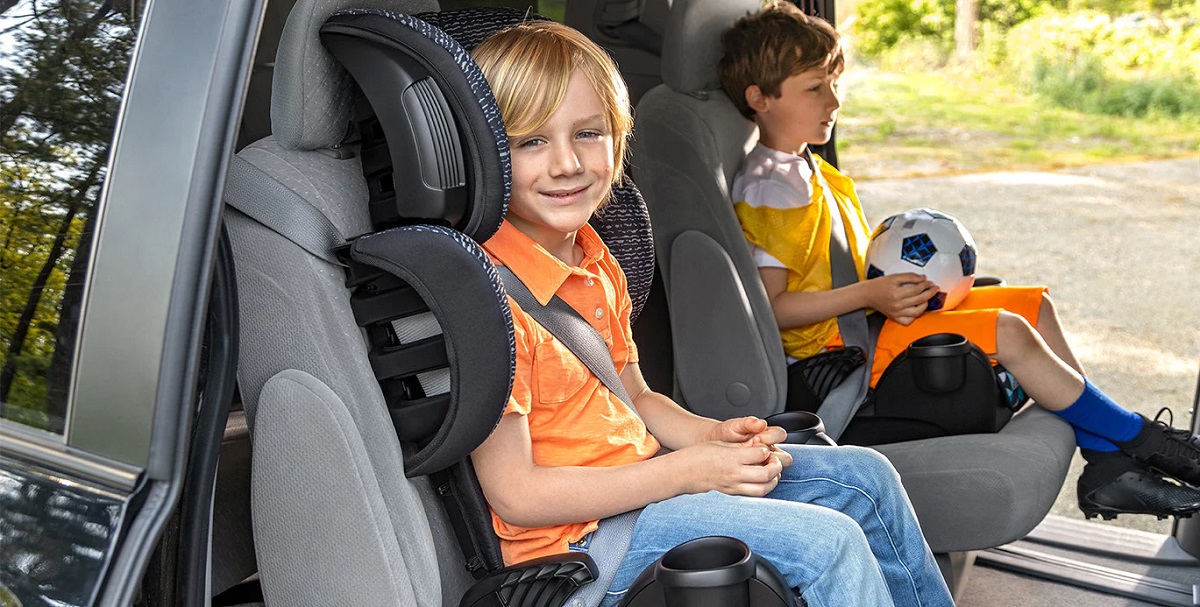
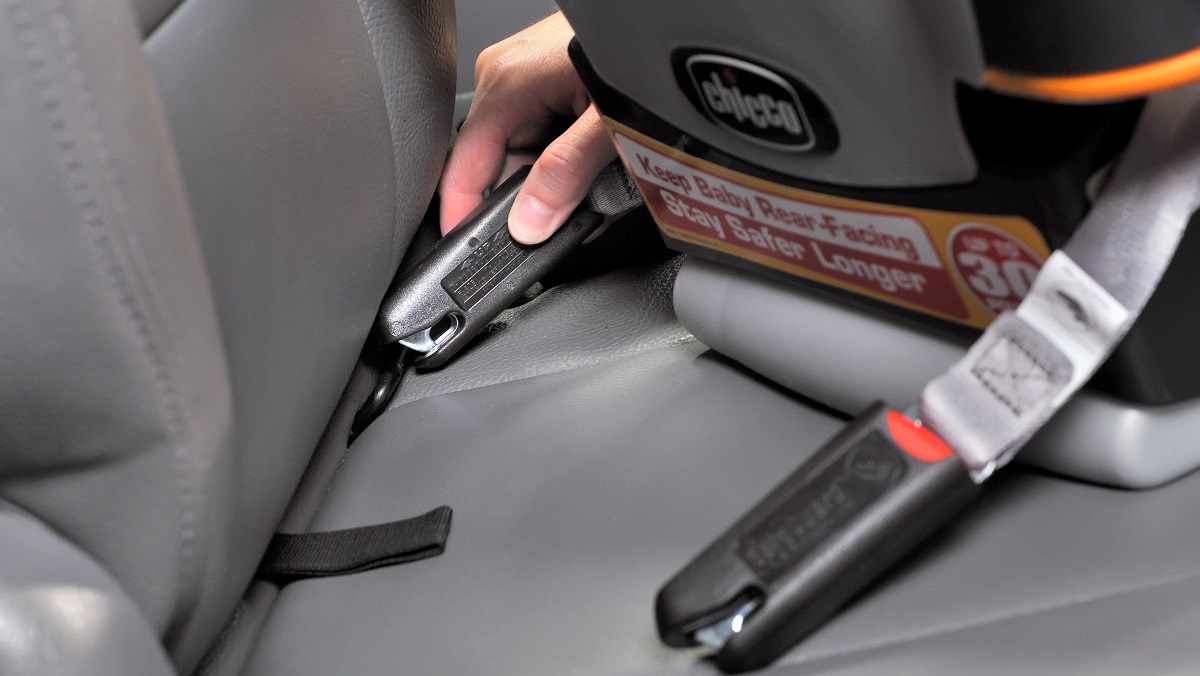
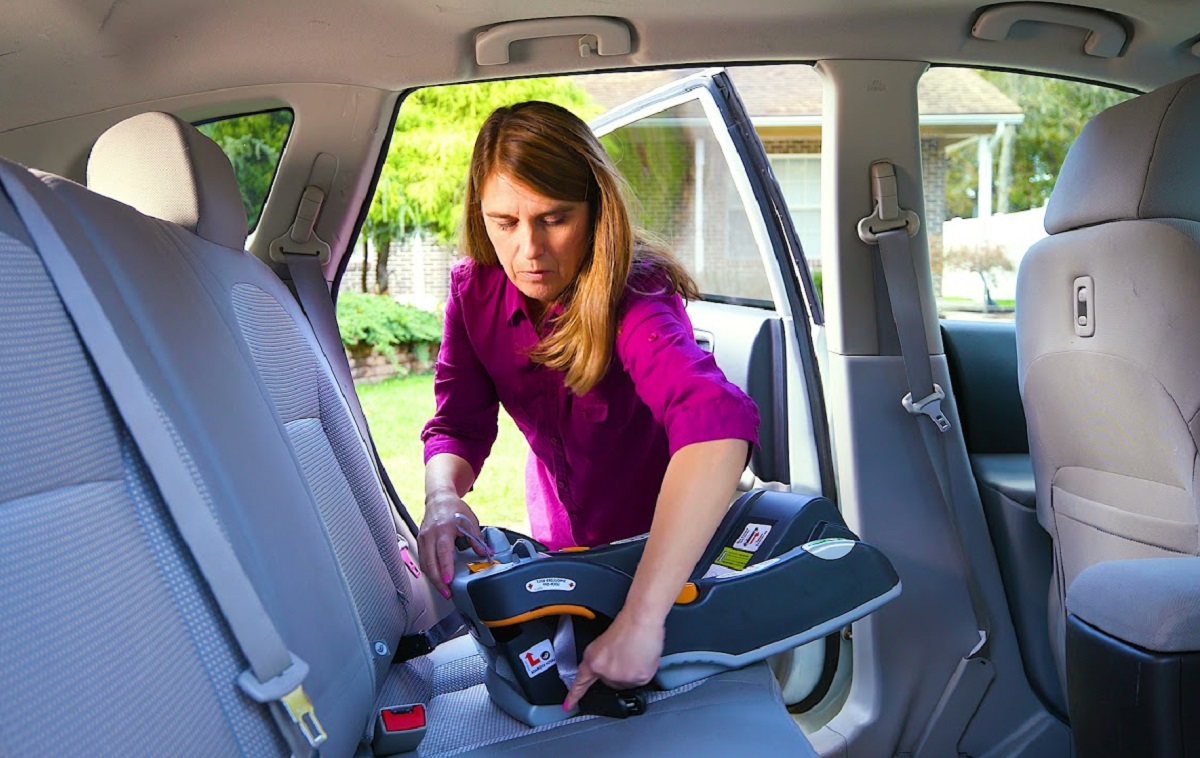
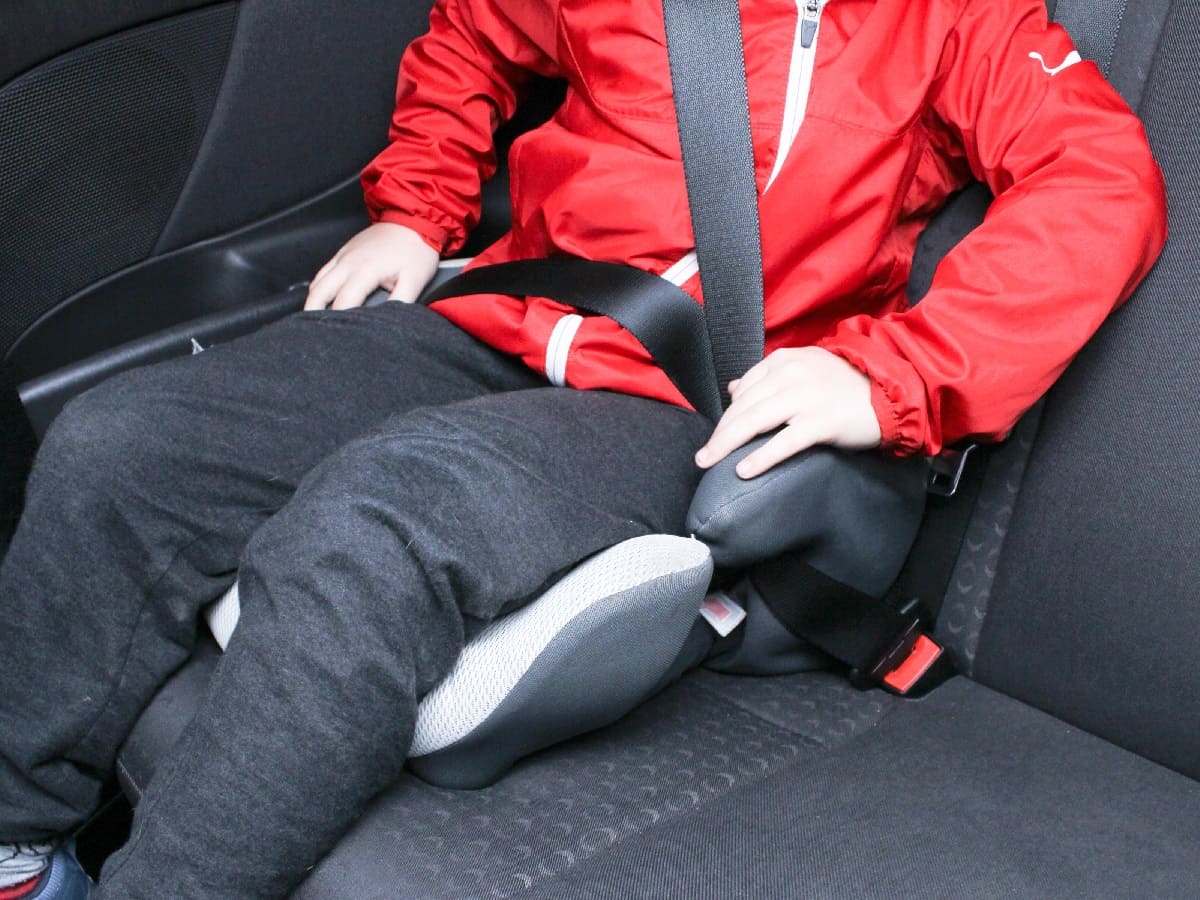
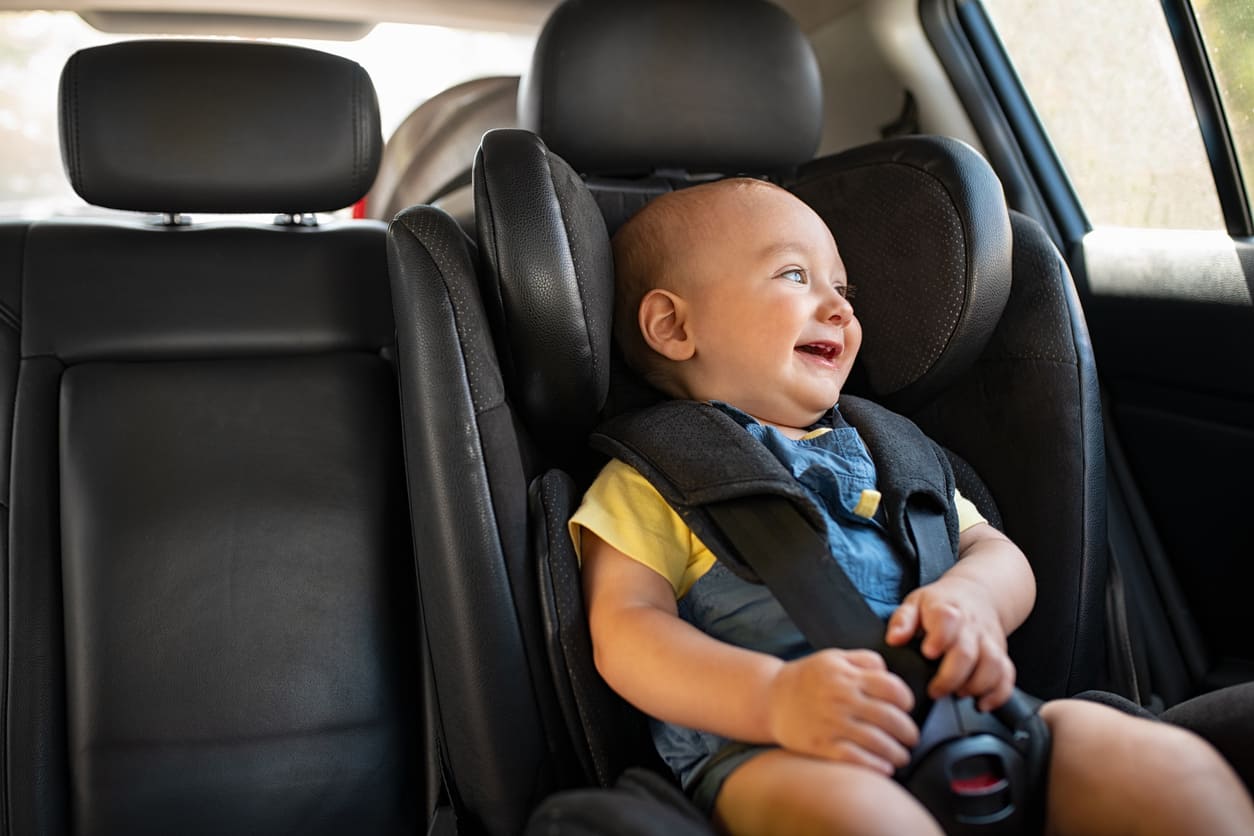
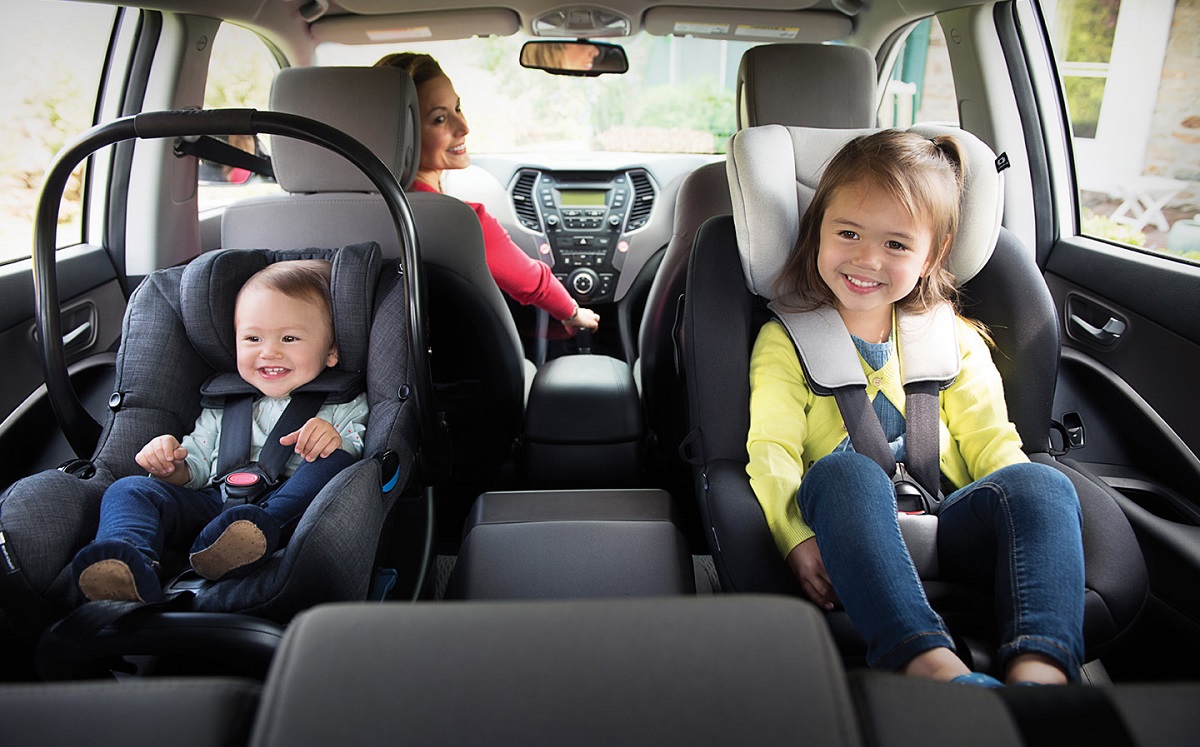
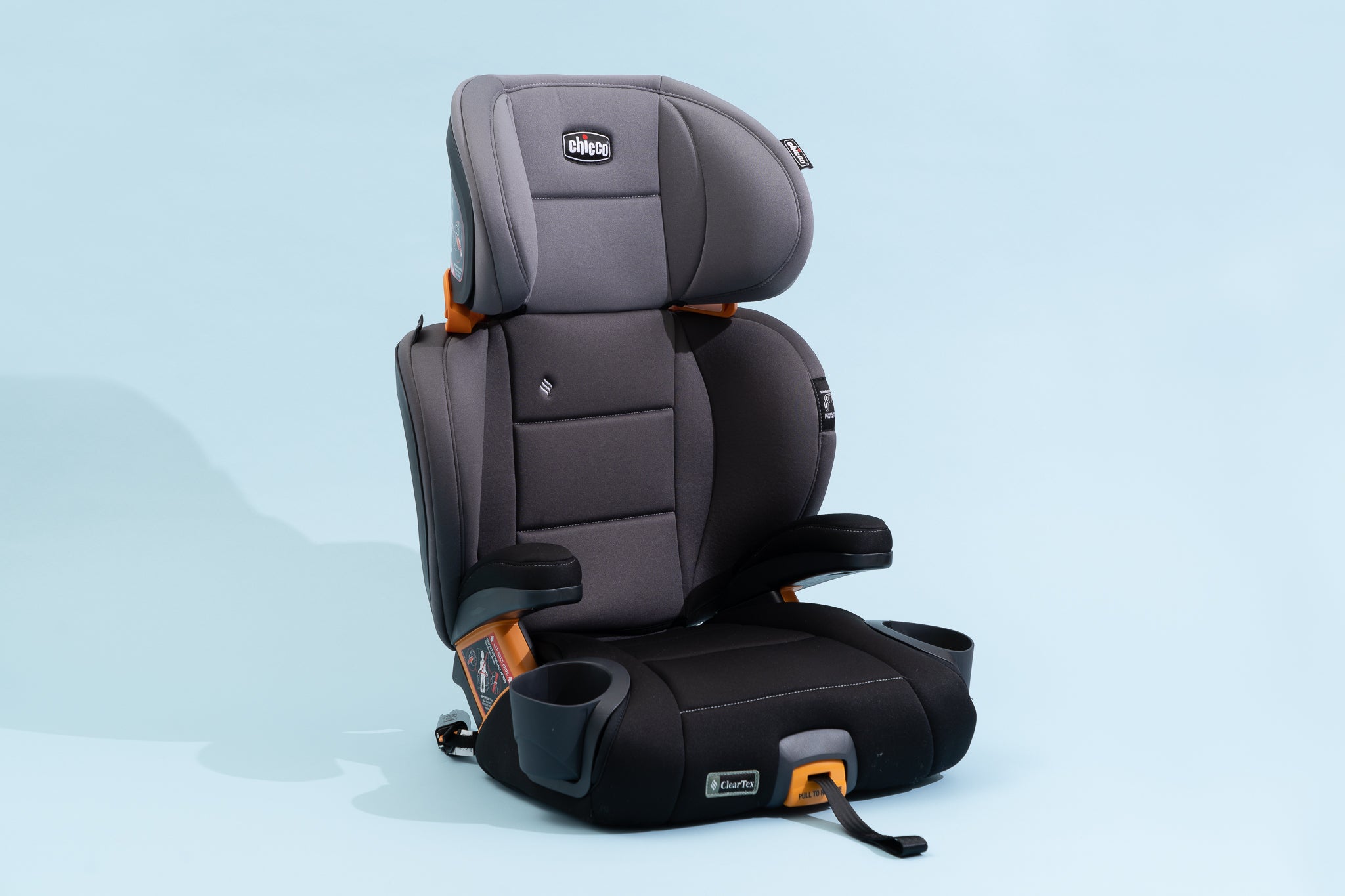
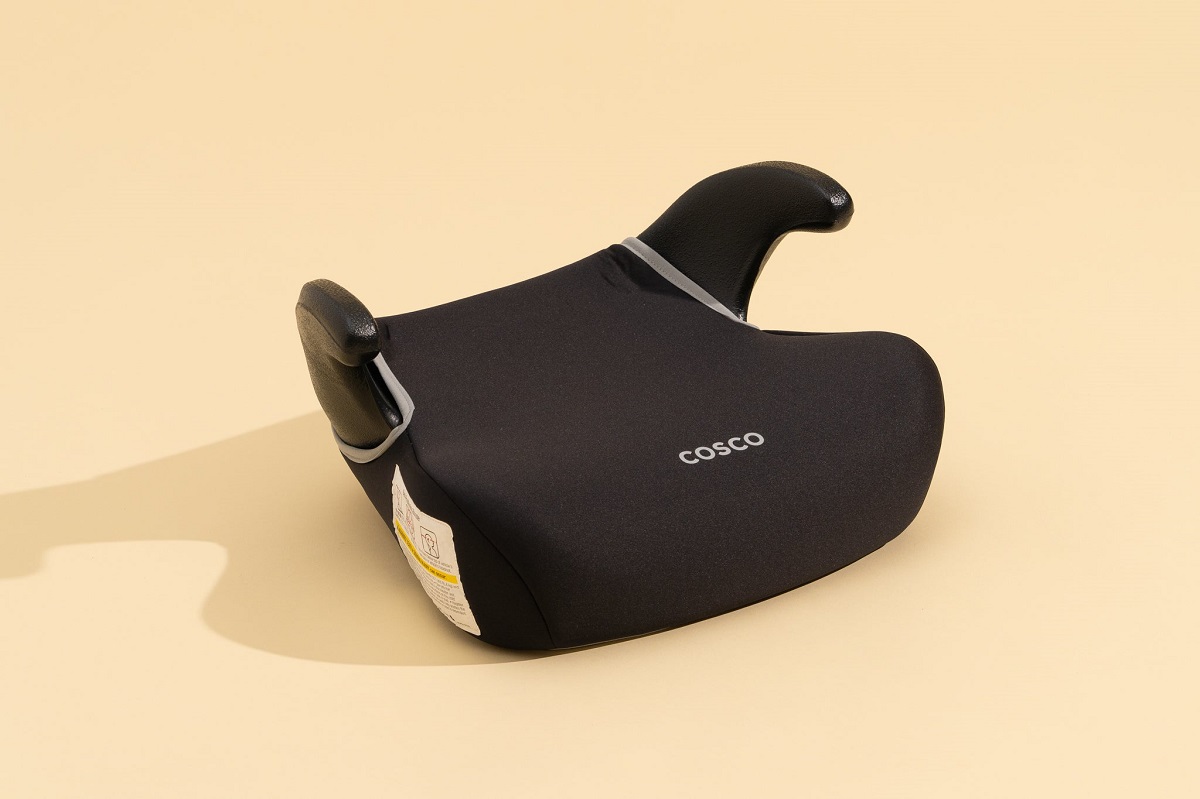
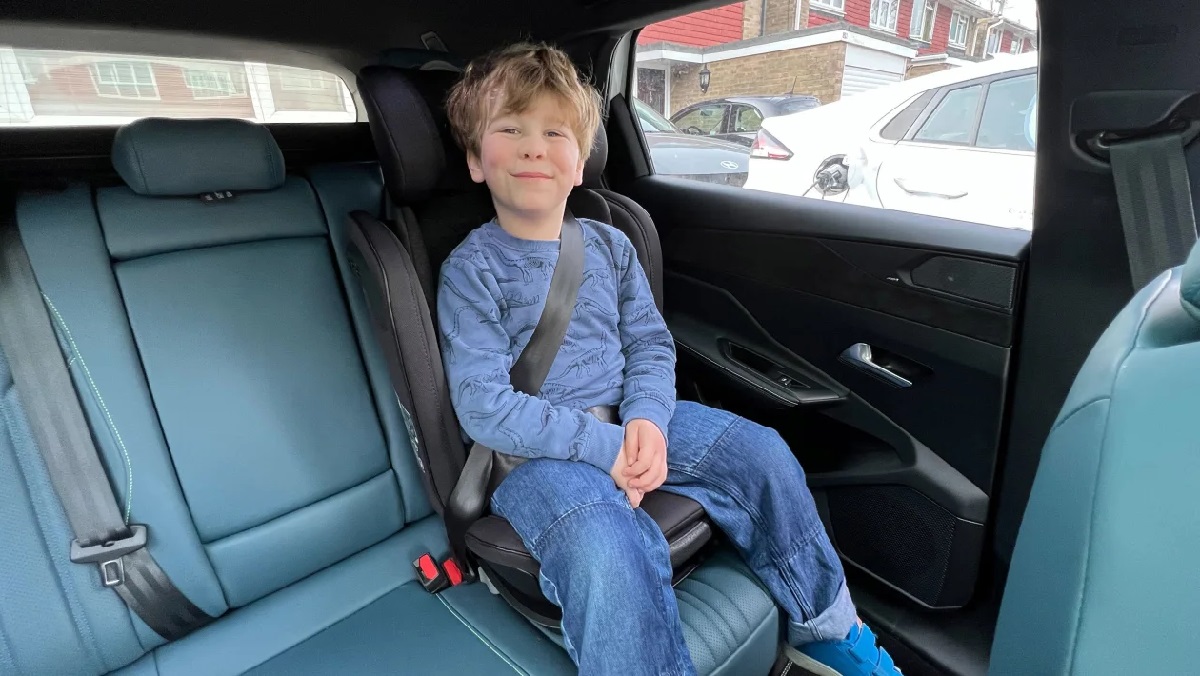
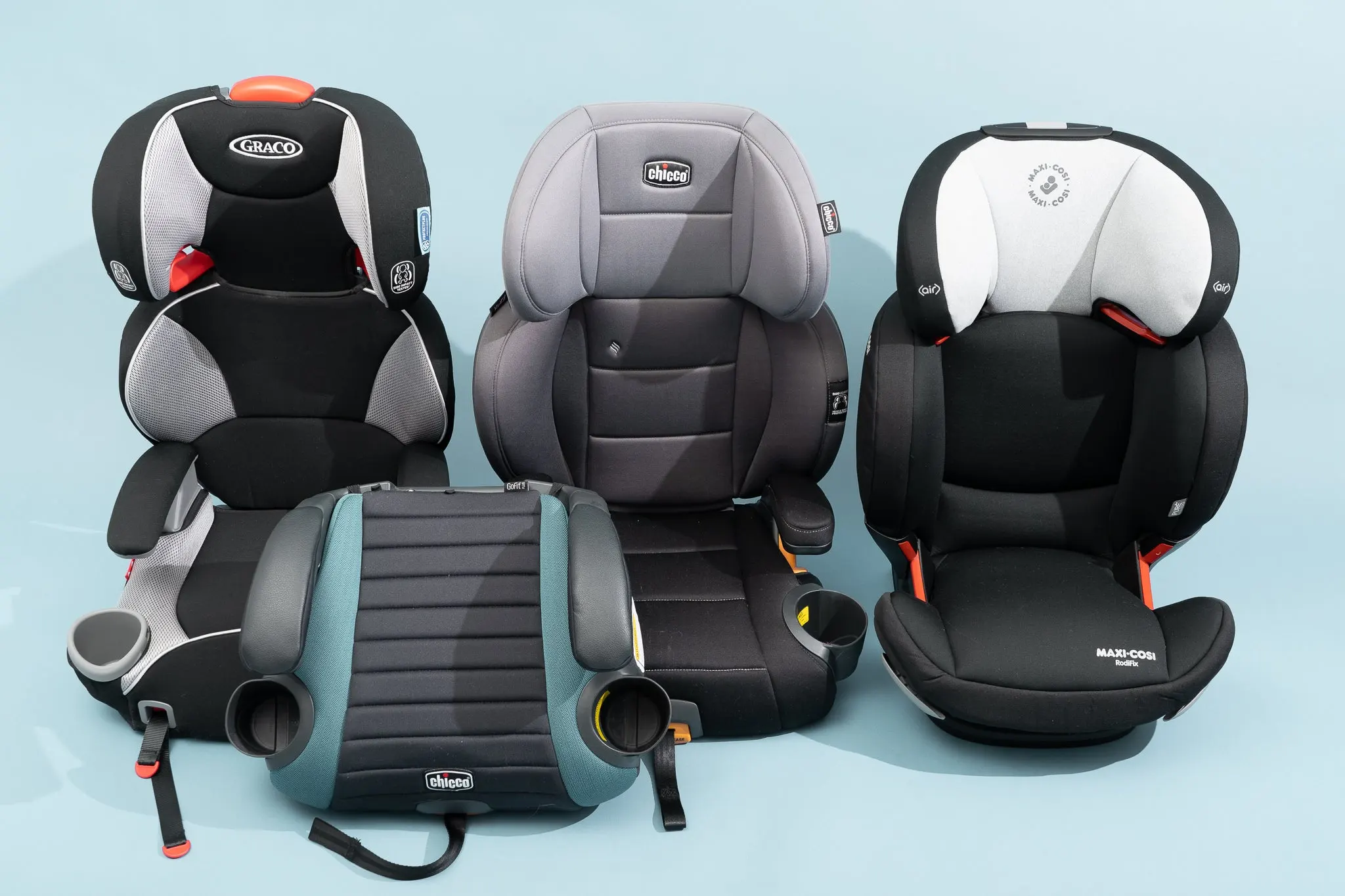
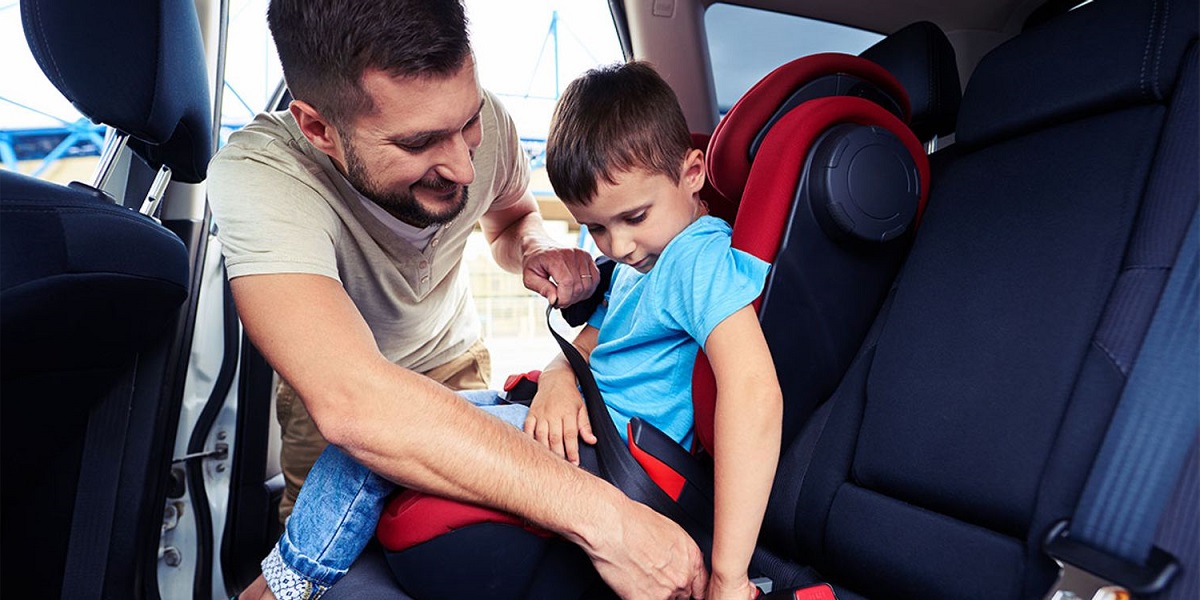
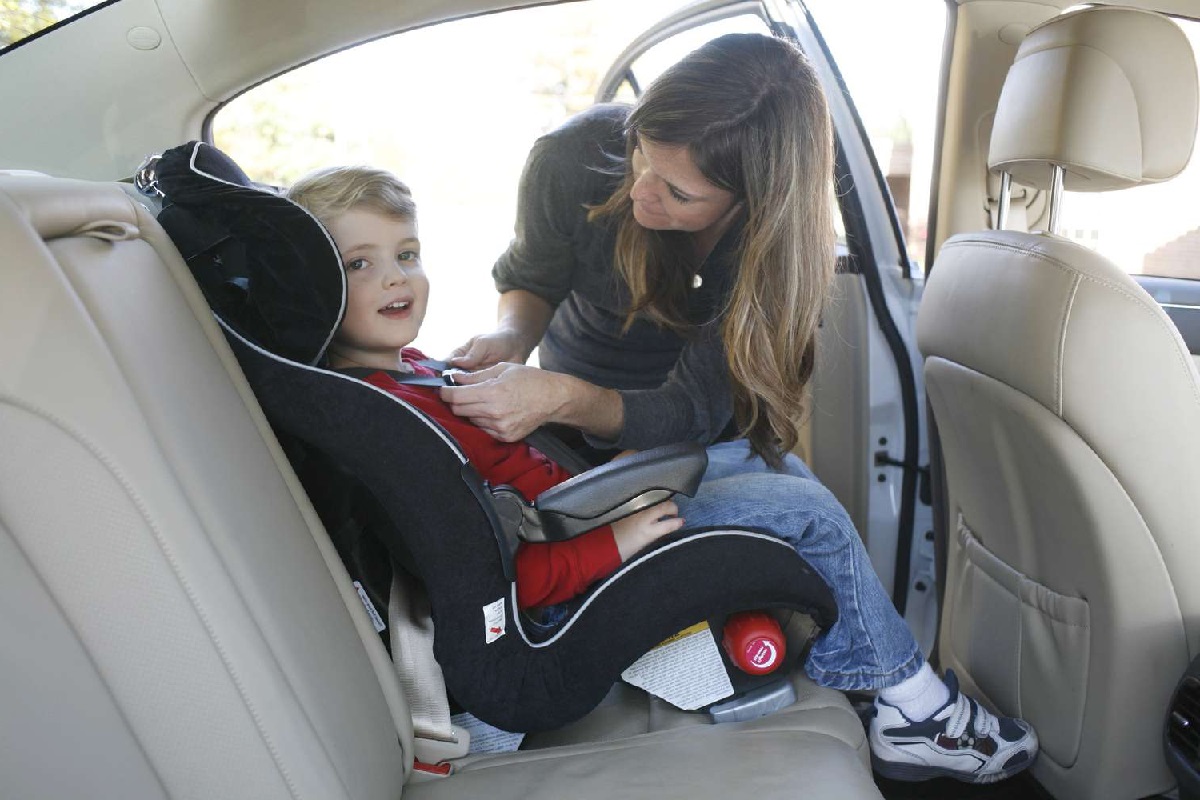
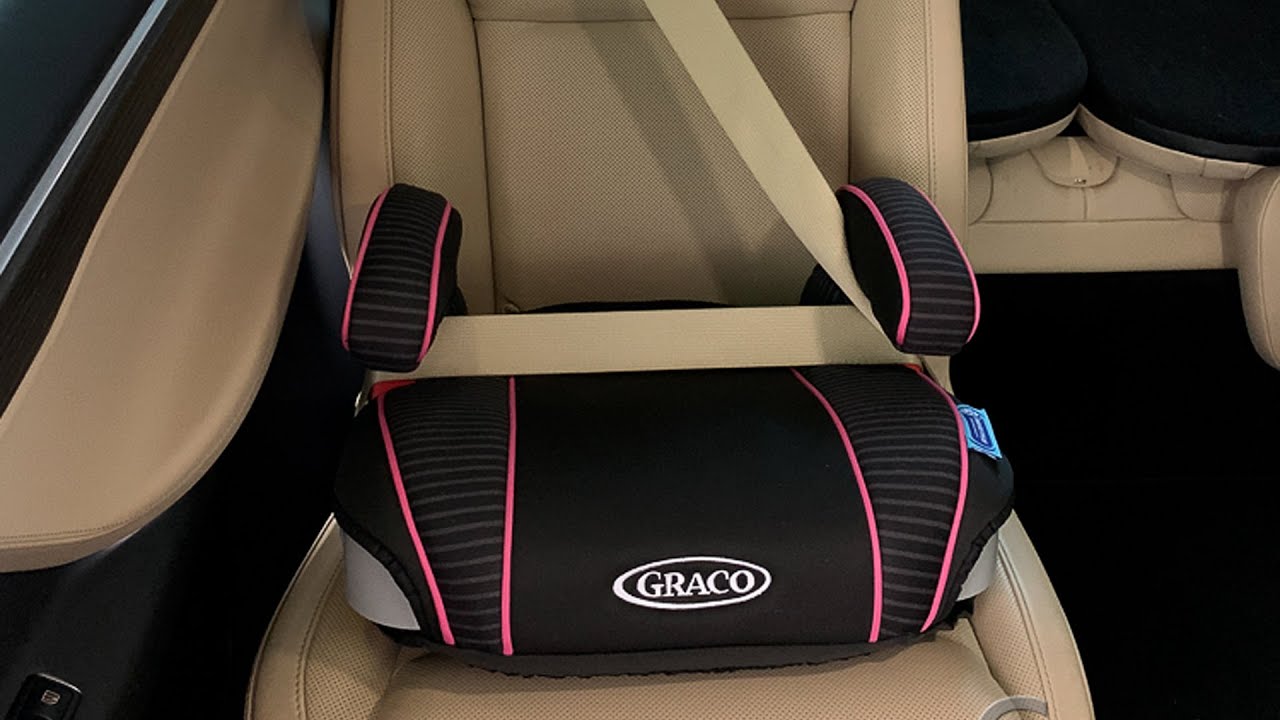

0 thoughts on “How To Secure A Backless Booster Seat”